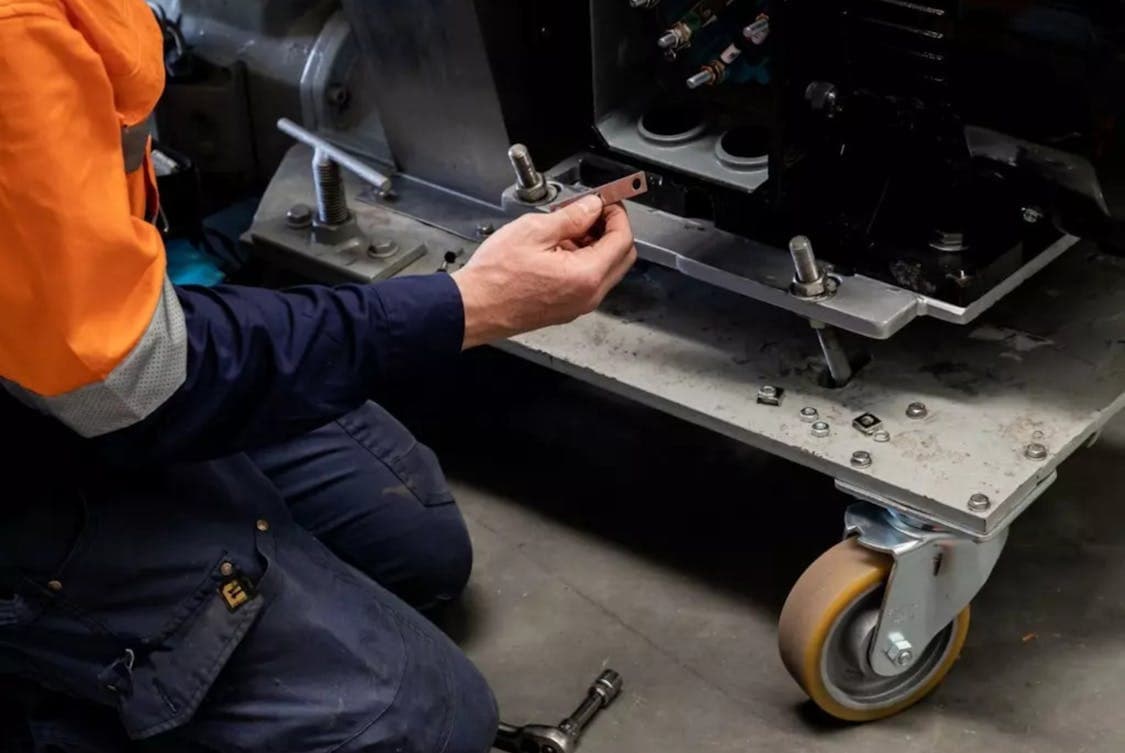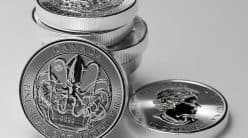In today’s competitive landscape, maximizing resources is essential. Many people overlook the potential of their equipment, thinking it merely serves its primary function.
However, equipment can be a valuable asset, opening doors to new revenue streams. This article explores various methods to monetize your equipment effectively.
Identifying Your Equipment’s Value
Before monetizing, recognize what you own. Equipment can range from office supplies and machinery to vehicles and technology.
Conduct an inventory to understand the condition and market value of each item. Utilize online valuation tools, or consult experts to gauge worth accurately. Knowing your equipment’s value lays the groundwork for effective monetization.
Renting Out Equipment
Renting out equipment can be a lucrative avenue. If you own specialized tools, machinery, or even event supplies, consider renting them to others.
Platforms like Fat Llama or ShareGrid enable individuals to list their items for rent. This approach requires minimal investment and can generate a steady cash flow.
Make sure to draft rental agreements that outline terms, pricing, and responsibilities. Protecting your investment while offering clear guidelines fosters a trustworthy relationship with renters.
Selling Equipment Online
Selling equipment online has never been easier. Websites like eBay, Craigslist, and Facebook Marketplace provide platforms for reaching potential buyers.
Take high-quality photographs and craft compelling descriptions to showcase your items. Highlight unique features and benefits to attract interest.
Timing can be vital in this process. If you’ve updated your equipment, selling the older models while they still hold value can maximize returns. Keep an eye on market trends to price items competitively.
Equipment Trade-In Opportunities
Many manufacturers offer trade-in programs for upgraded models. If you’re considering an upgrade, check if your current equipment qualifies for trade-in. This is often a straightforward way to offset the cost of new purchases.
Research various brands and their trade-in policies to find the best deals. Often, you can negotiate better terms, allowing you to gain maximum benefit from your former equipment.
Partnering with Other Businesses
Collaborating with local businesses can unlock new revenue streams. If you have equipment that is underused, consider partnering with companies that could benefit from it. For instance, a construction firm with surplus machinery may collaborate with a landscaping business needing additional tools.
Joint ventures like this can create win-win situations where both parties gain resources without the hefty investment. Building such relationships often leads to long-term partnerships and shared opportunities.
Offering Services Using Your Equipment
If your equipment allows you to provide a service, capitalize on that! For instance, if you own a high-quality camera, consider offering photography services. If you have industrial machinery, think about providing machining or fabrication services to local businesses.
Promote your services through social media, word-of-mouth, and local advertising. Building a portfolio can further showcase your capabilities, making your offerings more attractive to potential clients.
Equipment Maintenance and Refurbishment

Regular maintenance can extend the life of your equipment. This not only preserves value but also keeps it functional for potential buyers or renters. Consider refurbishing older items to increase their market appeal.
Investing in minor repairs or upgrades can significantly enhance your equipment’s value. This practice is especially relevant for electronics and machinery, where functionality is paramount.
Engaging with Online Marketplaces
With the rise of e-commerce, numerous online marketplaces focus specifically on equipment. Websites like EquipmentTrader or MachineryTrader cater to buyers and sellers in various industries. Listing your items here places them in front of a targeted audience actively seeking equipment.
Take time to create detailed listings, including specifications, condition, and pricing. High visibility on these platforms can lead to quicker sales and a broader customer base.
Exploring the Sale and Leaseback Option
Another powerful way to monetize your equipment is through a sale and leaseback arrangement. This involves selling your equipment to a third party and then leasing it back for continued use. It’s an effective strategy for businesses that want to unlock immediate capital without losing access to the tools they rely on.
This option can improve liquidity, strengthen your balance sheet, and free up funds for growth or debt reduction. It’s particularly useful for companies with high-value machinery or long-term equipment needs.
Many businesses consider the sale and leaseback of equipment to be a smart alternative to traditional financing, especially when navigating tight cash flow.
Utilizing Social Media for Marketing
Harness the power of social media to promote your equipment. Platforms like Instagram, Facebook, and LinkedIn can be powerful tools for reaching potential customers. Create engaging content, showcasing your equipment in action or sharing testimonials from satisfied clients.
Engagement can amplify your reach, increasing your chances of a sale or rental. Regularly updating your followers with new inventory or special offers keeps your audience engaged and interested.
Investigating Tax Deductions
Monetizing your equipment may have tax implications. Keeping accurate records of your sales and rental income can help you navigate tax responsibilities. In some cases, expenses related to your equipment may be deductible, allowing you to maximize profits.
Consult a tax professional familiar with equipment-related deductions to ensure compliance and optimization of your financial outcomes. Understanding tax implications can significantly impact your net revenue.
Building a Brand Around Your Equipment
If you consistently rent or sell equipment, consider building a brand around it. Creating a recognizable name can foster loyalty and encourage repeat business. Invest in a professional logo, website, and marketing materials to enhance your branding efforts.
Engaging storytelling about your equipment can make it relatable. Sharing your experiences and those of satisfied customers builds an emotional connection, making your offerings more appealing.
Networking with Industry Professionals
Networking is invaluable in any business venture. Attend industry events, trade shows, and online forums to connect with others in your field. Building relationships can lead to referral opportunities, collaborations, or insights into market demand.
Establishing yourself in professional circles can amplify your credibility. Don’t hesitate to reach out to others for advice or partnerships; building a robust network can be a game-changer.
Diversifying Your Equipment Portfolio
Consider diversifying your equipment with an eye toward future trends. If you notice a growing demand for certain types of tools or machinery, investing in those can expand your revenue potential.
Research market needs and invest strategically. Keeping an eye on emerging technologies or popular trends can provide insights into profitable equipment acquisitions.
Understanding Local Regulations
Before monetizing, familiarize yourself with local regulations and requirements. Some equipment may necessitate permits or licenses for rental or sale. Understanding these legalities ensures compliance and protects you from potential fines.
Thorough research can save headaches down the line. Always double-check with local authorities to stay informed about any updates or changes in regulations.
Creating Engaging Content
If you own specialized equipment, producing content related to its use can attract attention. Consider writing blogs, creating videos, or hosting webinars demonstrating how your equipment works or sharing tips for potential users.
Content marketing can build your authority in the field, drawing interested parties to your products or services. Engaging content can foster trust, leading to increased inquiries and sales.
Utilizing Customer Feedback
Gathering feedback from customers can offer insights into what works and what doesn’t. Encourage reviews and testimonials to understand customer satisfaction and areas for improvement.
This information can guide your monetization strategies. Positive feedback can also be leveraged in marketing materials, enhancing credibility and attracting new clients. Building a reputation for quality and reliability will pay off in the long run.






